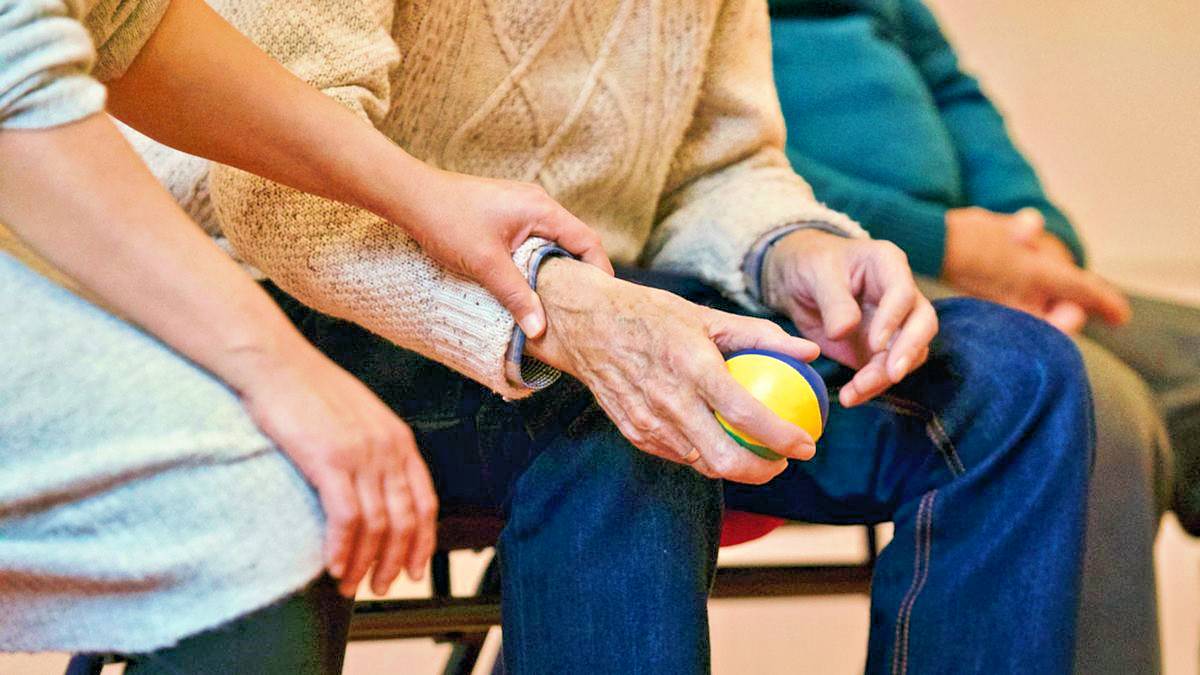The Importance of Arm Swing 💪
Swinging your arms while walking may seem like a trivial thing, but it’s actually a fundamental pattern deeply rooted in our nervous system. The gait reflex, which involves moving the arms opposite to the legs, is a foundation for many patterns in our body. This reflex starts developing when we first crawl, around six months of age. 🍼
The coordinated movement of arms and legs during gait is controlled by complex neural pathways involving the brain, spinal cord, and peripheral nervous system. This intricate choreography is essential for efficient and balanced locomotion, allowing us to navigate our environment with ease and stability.
Connection to Developmental Disorders 📚
Impairment in the gait reflex has been associated with various developmental disorders, such as dyslexia. Many individuals with dyslexia benefit from going back to crawling and practicing this basic gait reflex again. This exercise helps reinforce the cross-lateral patterning and neural connections that support reading and writing abilities. 📝
Clumsiness, frequent sprains, and proneness to injuries are also reflections of imbalances in the nervous system, starting with the gait reflex. When the foundational patterns of movement are disrupted, it can lead to coordination issues, poor balance, and increased risk of accidents or falls. 🤕
Early Warning Sign of Dementia ⚠️
One of the earliest signs of dementia, detectable way before memory issues or brain scan abnormalities, is a slight loss of the gait pattern. If there is less arm swing, asymmetry between the two arms, or an arrhythmic gait, these could be early indicators of neurodegenerative diseases like Alzheimer’s and Parkinson’s. 👴🧠
According to the New England Journal of Medicine in 2002, “The presence of gait abnormalities is a significant predictor of risk of developing dementia.” This finding highlights the importance of observing and assessing gait patterns as part of a comprehensive evaluation for cognitive decline. 📚
Prevention is Key 🔑
By the time Parkinson’s disease is diagnosed, with symptoms like stiffness, shuffling gait, and speech abnormalities, individuals have already lost 50-80% of the critical dopamine-producing neurons in the substantia nigra area of the brain. This significant neuronal loss contributes to the motor and cognitive impairments characteristic of the disease. 😲
However, if you can prevent this deterioration by supporting the body’s function, practicing mindful movement, and maintaining the extent and symmetry of the gait pattern, you have a much greater chance of avoiding these problems. Early intervention and lifestyle modifications can potentially delay or even prevent the onset of neurodegenerative conditions. 💪
Neuroplasticity and Gait 🧠🚶♂️
The brain controls everything in the body, but it relies exclusively on signals from receptors that provide feedback. As we lose some of the gait pattern and arm swing movement, the brain loses control over the muscles, partially because it has lost some of the feedback. This disruption in the feedback loop can lead to further neuronal dysfunction and degeneration. 📉
The brain is like a muscle – if you work it out by sending signals and making it produce signals, it will maintain its strength and plasticity. Gait is one of those activities that requires precise execution and feedback, keeping the brain cells healthy and active. By engaging in regular walking with proper arm swing, you challenge your brain to coordinate complex movements, promoting neuronal connectivity and preventing cognitive decline. 💪🧠
Reversing and Preventing Neurodegeneration 🔄
While reversing severe cases of neurodegenerative diseases may be challenging, there is potential to reverse the early stages through targeted interventions and lifestyle changes. Early detection and proactive measures can potentially restore lost function and prevent further degeneration. 🔍
More importantly, by giving the body the signals and nutrition it needs, you can maintain optimal function and prevent degeneration. This includes regular exercise, a nutrient-dense diet, stress management, and engaging in cognitively stimulating activities that challenge the brain and promote neuroplasticity. 🌱
Pay attention to the gait patterns of those around you, especially older adults. If you notice imbalances, such as one arm not swinging or arrhythmic movements, address it early on through consistent practice and patience. Simple exercises like walking with exaggerated arm swing or incorporating cross-lateral movements can help reinforce the gait reflex and support brain health. 👀
Conclusion 🌟
Arm swing during walking is not just a small detail – it’s a crucial indicator of brain health and a potential early warning sign of dementia. By prioritizing mindful movement, practicing gait patterns, and maintaining a balanced, symmetrical arm swing, you can support your brain’s function and potentially prevent or reverse the early stages of neurodegenerative diseases. 🧠💪
Incorporating regular walking with proper arm swing into your routine is an accessible and effective way to promote brain health and cognitive resilience. Small changes in our daily habits can have profound impacts on our well-being and longevity. Embrace the power of movement, and let your arms swing freely – your brain will thank you. 🙌
Copyright © 2025 Hea1th.net

